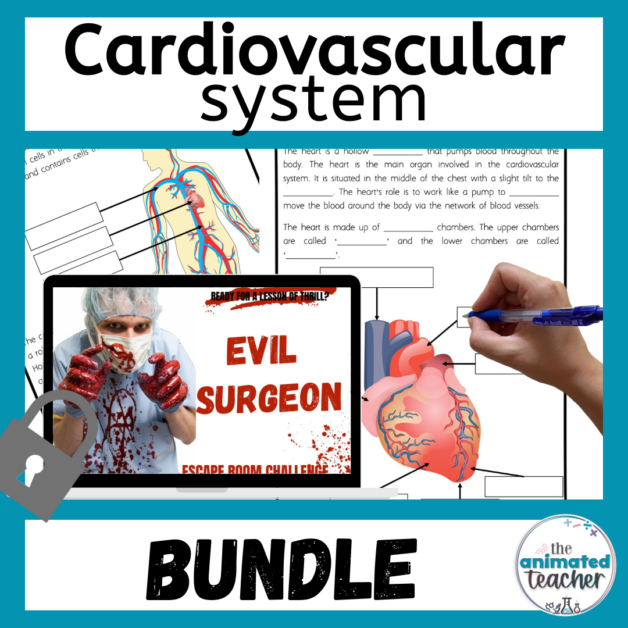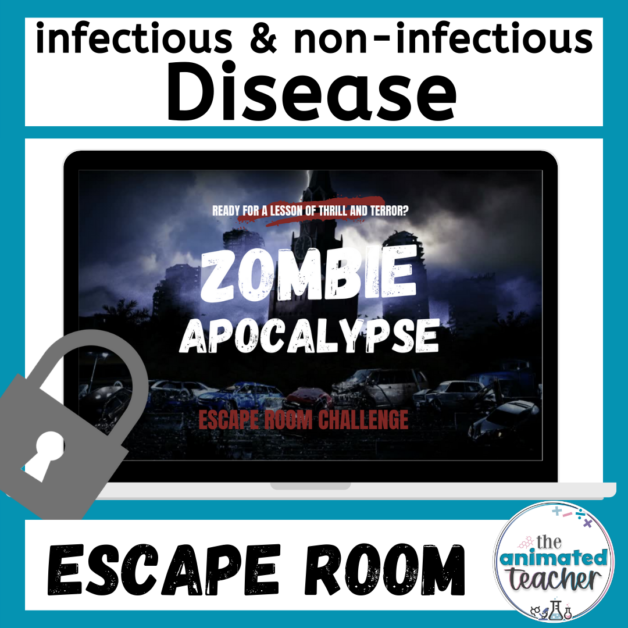
69 Best science trivia questions and answers
69 Best science trivia questions and answers
Trivia is fun. Whether it be in the classroom, a fundraiser or at the pub, trivia has a way of celebrating diversity in a group and bringing out the competitive side in friends. Science is a great topic to grab some trivia questions for.
If you’re a science teacher, particularly one heading towards the end of the year, then running a science trivia lesson is a great way to keep your students engaged and bring some fun to the classroom.
So sit back and relax while I provide you with some fun trivia questions.
69 best science trivia questions and answers

List of science trivia questions
General knowledge easy science trivia questions and answers:
These easy trivia questions are based on general knowledge and great to use with younger age groups or as the starting questions before moving to harder ones.
1. Question: What planet is closest to the sun? Answer: Mercury.
2. Question: What is the chemical symbol for water? Answer: H2O.
3. Question: What is the tallest mountain in the world? Answer: Mount Everest
4. Question: What is the process of a liquid turning to a gas called? Answer: Evaporation.
5. Question: Pluto is no longer considered a planet. What is it? Answer: A dwarf planet.
69 best science trivia questions and answer
Chemistry trivia questions and answers
6. Question: What is the main gas found in the air we breathe? Answer: Nitrogen.
7. Question: What is the chemical symbol for gold? Answer: Au.
8. Question: What is the chemical formula for table salt? Answer: NaCl.
9. Question: What is the process of a solid turning into a gas without becoming a liquid called?Answer: Sublimation.
10. Question: What is the only metal that is liquid at room temperature? Answer: Mercury
11. Question: What is the hardest natural substance on earth? Answer: Diamond
12. Question: What is the most abundant element in the Earth’s atmosphere? Answer: Nitrogen.
13. Question: What is the smallest unit of matter? Answer: Atom.
14. Question: What is the chemical symbol for oxygen? Answer: O2.
15. Question: What is the chemical formula for table salt? Answer: NaCl.
16. Question: What is the chemical symbol for carbon? Answer: C.
17. Question: What is Mendeleev famous for creating? Answer: The periodic table of elements
18. Question: What is the chemical formula for carbon dioxide?Answer: CO2.
19. Question: What is the chemical symbol for silver?Answer: Ag.
20. Question: What is the chemical formula for aspirin?Answer: C9H8O4.
21. Question: What is the chemical symbol for gold?Answer: Au.
22. Question: What is the chemical formula for hydrochloric acid?Answer: HCl.
69 best science trivia questions and answers
Space and Earth science trivia questions
23. Question: What is the study of earthquakes called? Answer: Seismology.
24. Question: What is the process of a gas turning into a liquid called?Answer: Condensation.
25. Question: What is the study of fossils called? Answer: Paleontology.
26. Question: What is the biggest planet in our solar system? Answer: Jupiter.
27. Question: What does the richter scale measure the strength of? Answer: Earthquakes.
28. Question: How many planets are in our solar system? Answer: 8
29. Question: Which is the largest planet in our solar system? Answer: Jupiter.
30. Question: What is the study of the weather called?Answer: Meteorology.
31. Question: What is the study of the stars and celestial bodies called?Answer: Astronomy.
32. Question: What is the colloquial term for a natural satellite of a planet? Answer: Moon
33. Question: What was the name of the first man-made satellite? Answer: Sputnik I
69 best science trivia questions and answers
Biology science trivia questions and answers
34. Question: What is the largest mammal in the world? Answer: Blue whale.
35. Question: What is the only mammal that can fly? Answer: A bat
36. Question: What is the fastest land animal? Answer: Cheetah
37. Question: What is the process by which plants make their food using the sun’s light? Answer: Photosynthesis.
38. Question: What is the basic unit of life? Answer: Cell
39. Question: What type of blood cells are primarily responsible for fighting infections? Answer: white blood cells.
40. Question: Where is the smallest bone in the adult human body? Answer: the ear
41. Question: What is the heaviest organ in the human body? Answer: the skin
42. Question: Which part of the body (human) has the most bones? Answer: The hand
43. Question: What is the process by which plants release water vapor into the air called? Answer: Transpiration.
69 best science trivia questions and answers
Physics science trivia questions and answers
44. Question: As I travel through a medium, I cause particles to vibrate, creating disturbances known as what? Answer: Sound waves.
45. Question: What is the flow of electric charge called? Answer: Electric current.
46. Question: What is the rate at which electrical energy is transferred by an electric circuit called? Answer: Electric power.
47. Question: What is the speed of light in a vacuum? Answer: Approximately 300,000 kilometers per second.
48. Question: What forms when a massive star collapses, creating a region with gravity so strong that not even light can escape? Answer: a black hole.
49. Question: What is the study of sound called? Answer: Acoustics.
50. Question: What tool is used to measure the presence of radiation? Answer: geiger counter
51. Question: What force keeps planets in orbit around the sun? Answer: Gravity
52. Question: What is the term for the amount of matter in an object? Answer: Mass
53. Question: What is the unit of electrical resistance? Answer: Ohm
54. Question: What kind of energy is stored in an object due to its position or height? Answer: (gravitational) potential energy
55. Question: What is the term for materials that do not allow electricity to flow through them easily? Answer: Insulators
69 best science trivia questions and answers
Scientists Trivia questions and answers:
56. Question: Who was the first woman to win a Nobel prize? Answer: Marie Curie
57. Question: Who developed the theory of relativity? Answer: Albert Einstein.
58. Question: Who discovered penicillin? Answer: Alexander Fleming.
59. Question: Who proposed the concept of gravity? Answer: Sir Isaac Newton.
60. Question: Who discovered the structure of DNA? Answer: James Watson and Francis Crick.
61. Question: Who discovered radioactivity? Answer: Henri Becquerel
62. Question: Who discovered X-rays? Answer: Wilhelm Conrad Roentgen.
63. Question: Who discovered the electron? Answer: J.J. Thomson.
64. Question: Who proposed the theory of the Big Bang? Answer: Georges Lemaître.
65. Question: Who is known as the father of modern biology? Answer: Aristotle.
66. Question: Who discovered the laws of electromagnetic induction? Answer: Michael Faraday.
67. Question: Who invented light bulbs? Answer: Thomas Edison
68. Question: Which famous physicist was born on pi day (March 14)? Answer: Albert Einstein.
69. Question: Who am I? I am the first person to propose the existence of electromagnetic waves, including light and radio waves. Answer: Heinrich Hertz.
69 best science trivia questions and answers
Conclusion
Which of these science trivia questions are your favorite?
Make sure you share this with your high school or middle school team to help relieve the pressure at the end of the year with a fun science trivia lesson!
69 best science trivia questions and answers
classroom management strategies for high school

Katrina is a multi-award winning educator from Sydney, Australia who specialises in creating resources that support teachers and engage students.
See the quality and browse her best selling resources below on either The Animated Teacher website or on Teachers Pay Teachers:





















